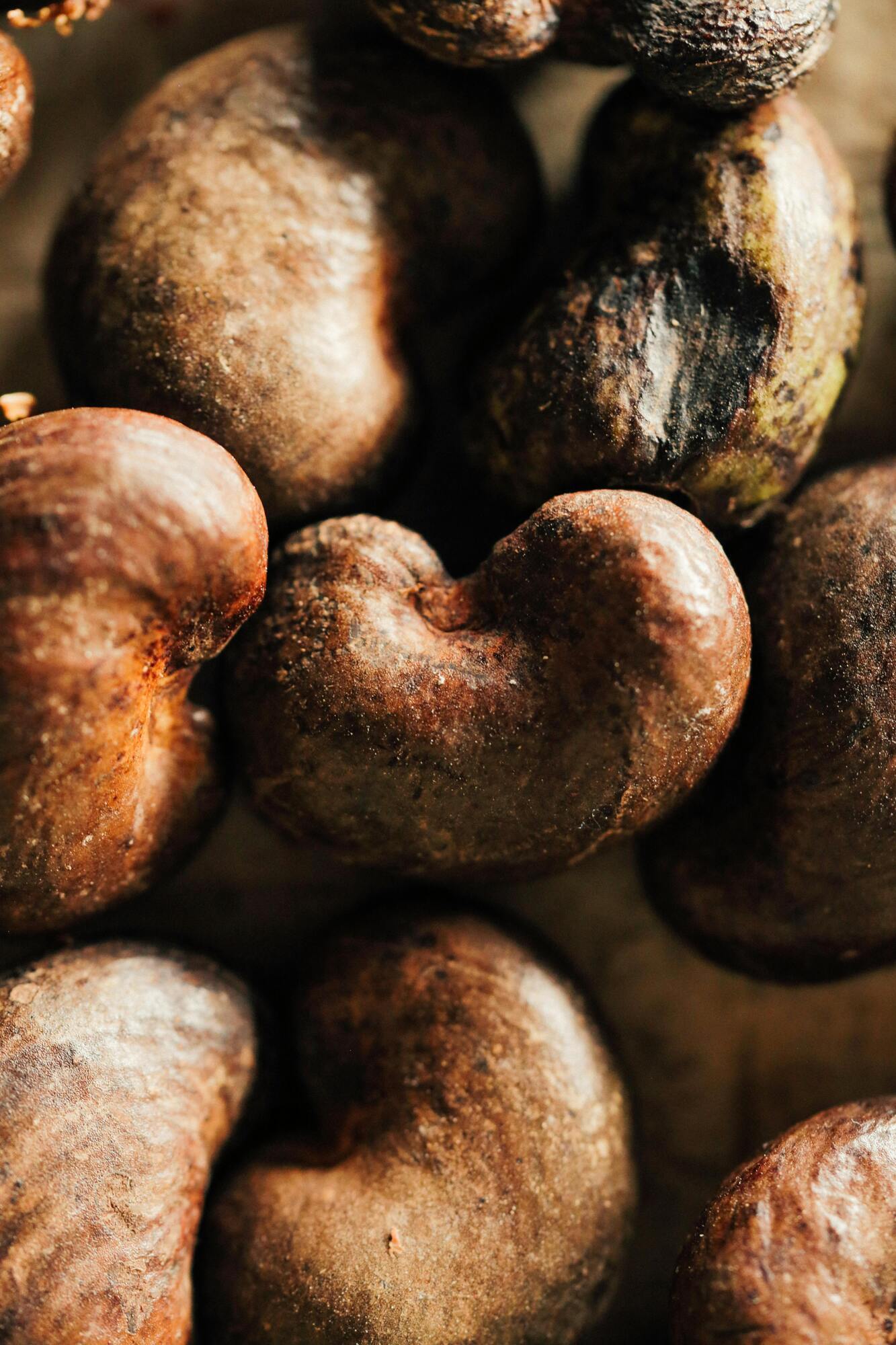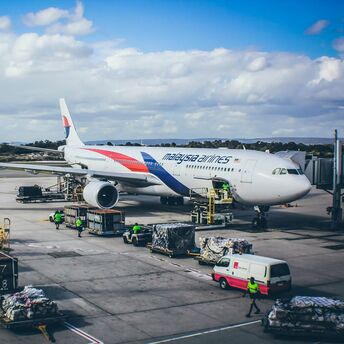Innovative Experiment at Frankfurt Airport: Cashew-Based Bio-Bitumen

Frankfurt Airport, aiming to reduce its carbon footprint, is introducing innovative methods in its infrastructure development. This pilot project, gaining attention in Germany, involves using a new eco-friendly asphalt made from cashew shell extract. Part of the airport’s strategy to achieve carbon neutrality by 2045, the project has drawn interest from both environmental material experts and those following modern changes in airport infrastructure.
Traditionally, asphalt consists of bitumen—a byproduct of oil processing—mixed with mineral aggregates. However, the German startup B2 Square has developed an alternative material called "bio-bitumen," a blend of naturally occurring hydrocarbon resin and an organic extract from cashew shells. This approach not only eliminates oil from the process but also utilizes renewable resources, making it more environmentally friendly.
Advantages of Bio-Bitumen: Quality and Carbon Balance
According to Axel Conrad, project manager at Frankfurt Airport, bio-bitumen offers several significant advantages over regular asphalt. "Firstly, we expect a more stable and higher quality, as organic bitumen isn’t subject to the quality fluctuations typical of oil-based bitumen," Conrad explains. The second advantage is its carbon balance, making it almost carbon-neutral. Approximately 34,400 pounds of carbon dioxide are stored for each ton of bitumen, thanks to the use of cashew shells.

Additionally, research shows that bio-bitumen outperforms conventional materials in durability by up to ten times. This is not only cost-effective by reducing repair frequency but also improves conditions for all travelers passing through the airport.
Environmental Prospects for Tourism and Infrastructure
Frankfurt Airport decided to test bio-bitumen on one side of a 650-foot stretch of road, while the other side is paved with traditional asphalt. This test will allow for a material comparison and an evaluation of bio-bitumen’s prospects in other airport areas. If successful, the new material could become an integral part of the airport’s green infrastructure strategy, with potential demand in many other countries.
This approach is of interest to the tourism industry, as airports are critical transportation hubs. Successful adoption of eco-friendly technologies in Frankfurt could set an inspiring example for other airports, including major tourist hubs. In a time when environmental concerns are increasingly important to travelers, such projects help to strengthen the image of "green" destinations, appealing to responsible travelers.



















